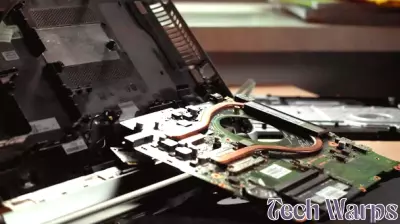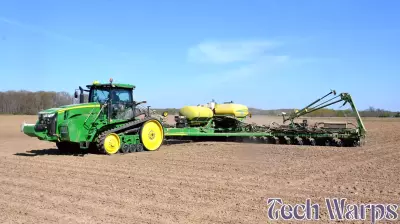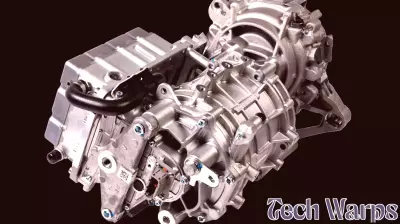The Role of Technology in Tracking Nighttime Tornadoes
November 20, 2024 - 07:24
November has witnessed an unprecedented surge in nighttime tornado occurrences, highlighting the importance of advanced radar technology in monitoring these severe weather events. As tornadoes often strike when visibility is low, such as during heavy rain or at night, traditional tracking methods are insufficient.
Modern radar systems utilize Doppler technology, which allows meteorologists to detect rotation in storm systems, indicating potential tornado formation. This capability is crucial for issuing timely warnings, thereby enhancing public safety. The integration of dual-polarization radar technology further improves the accuracy of tracking by providing detailed information about precipitation and debris, making it easier to identify tornado signatures even in low-visibility conditions.
In addition to radar, satellite imagery and advanced computer modeling contribute significantly to tornado forecasting. These tools help meteorologists analyze storm patterns and predict the likelihood of tornado development. As a result, communities can be better prepared for these dangerous events, ultimately reducing the risk to lives and property. The collaboration between technology and meteorological expertise is vital for improving response strategies and ensuring safety during severe weather incidents.
MORE NEWS

December 30, 2025 - 19:17
Micron Technology Reaches New Heights Ahead of Upcoming DividendMicron Technology Inc. has made headlines with its remarkable performance, achieving an all-time high during trading on Monday. This surge in stock price is attributed to investors engaging in last...

December 30, 2025 - 02:30
Embracing Precision Agriculture for Enhanced Farming EfficiencyFarmers today are increasingly turning to precision agriculture tools to navigate the complexities of modern farming. These innovative technologies enable farmers to better manage variability...

December 29, 2025 - 18:29
Cascadia Motion to Integrate REEcorner Technology in New Electric Drive UnitsCascadia Motion, a subsidiary of BorgWarner Inc., is set to revolutionize the electric vehicle market by manufacturing and commercializing a new generation of compact electric drive units (EDUs)....

December 28, 2025 - 20:43
Seeking Solace: Embracing Analog Spaces in a Digital WorldAs technology becomes increasingly pervasive, many individuals are retreating to analog spaces as a form of solace amid the chaos of the digital landscape. With the rise of constant connectivity...